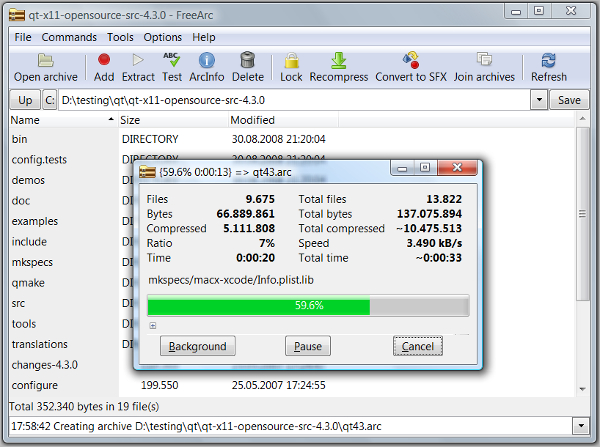
For the common case of digitizing and reproducing the production aperture of standard video signals, it is also desirable to make correct interchange simple and inexpensive by reducing the number of permutations of labels which applications and devices must support in order to interoperate with an acceptable number of other applications and devices. The documentation and labels outlined above make correct interchange possible. No setting of captured image size seems to help." "I am compositing similar video footage which I had captured with two different devices, and the video data is shifted horizontally. "Circles I lay down in my application don't look circular on the video monitor."

"I captured this data and it looks squished or stretched horizontally." "I captured and played this data OK, but whenever I try to render or do effects using this data, there are stuttery forward-backward motion problems." My application has 6 different field-related controls and I've tried all 64 combinations but none of them work." "I captured this data but the fields are swapped when I play it back. "I captured this data and the colors look wrong on my computer screen." "I rendered to this file in app A it plays ok in MoviePlayer but looks like snow in app B." "I captured this file on a Mac but it looks dark on a PC." Using these labels, application and device developers can finally relieve end users of the following nagging usability problems: When these files are digitized or output using a particular interface standard (e.g., NTSC, digital 525, PAL, digital 625), the relevant QuickTime component (e.g., video digitizer, image decompressor, video output) can map colors, canonical image center, and canonical clean aperture between the file and the video signal in a predictable and consistent way. Spatial relationship of Y´CbCr components relative to a canonical image center and a canonical clean aperture (e.g., for correct image alignment during compositing) Spatial relationship of Y´CbCr components relative to each other (e.g., pixel aspect ratio, cositing) Temporal relationship of Y´CbCr components relative to each other (e.g., field/frame information) Treatment of out-of-range component values in data Y´CbCr color parameters (e.g., primaries, transfer function, matrix)


Uncompressed Y´CbCr video files written by one application can be interpreted correctly by another. This document provides documentation and labels so that:

The QuickTime file format allows storage of uncompressed Y´CbCr video data. Originally published December 14th, 1999 as Ice Floe Dispatch 19, part of the "Letters from the Ice Floe" group of QuickTime engineering documents. For the latest information about Apple SDKs, visit the documentation website. Important: This document is no longer being updated.


 0 kommentar(er)
0 kommentar(er)
